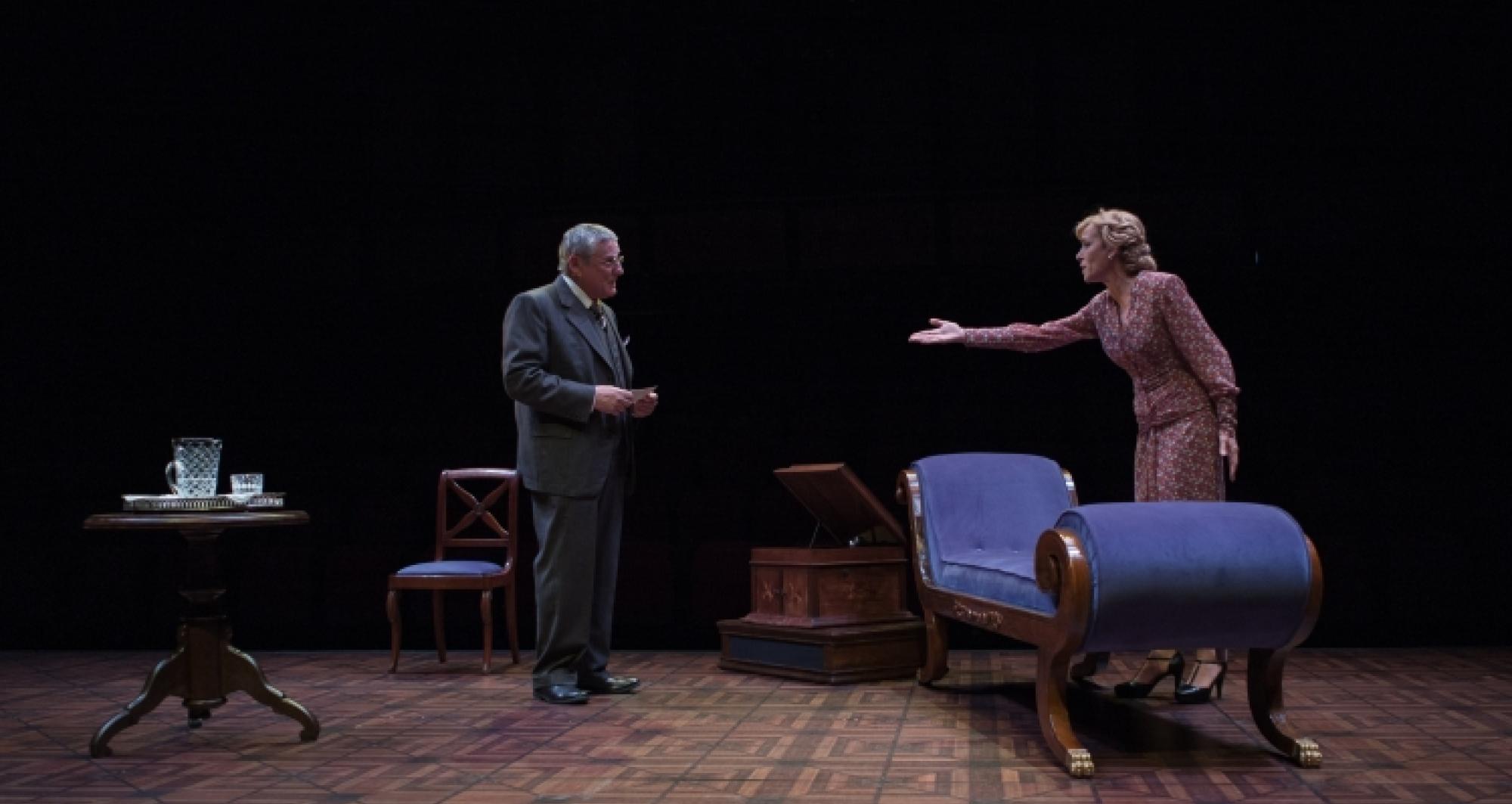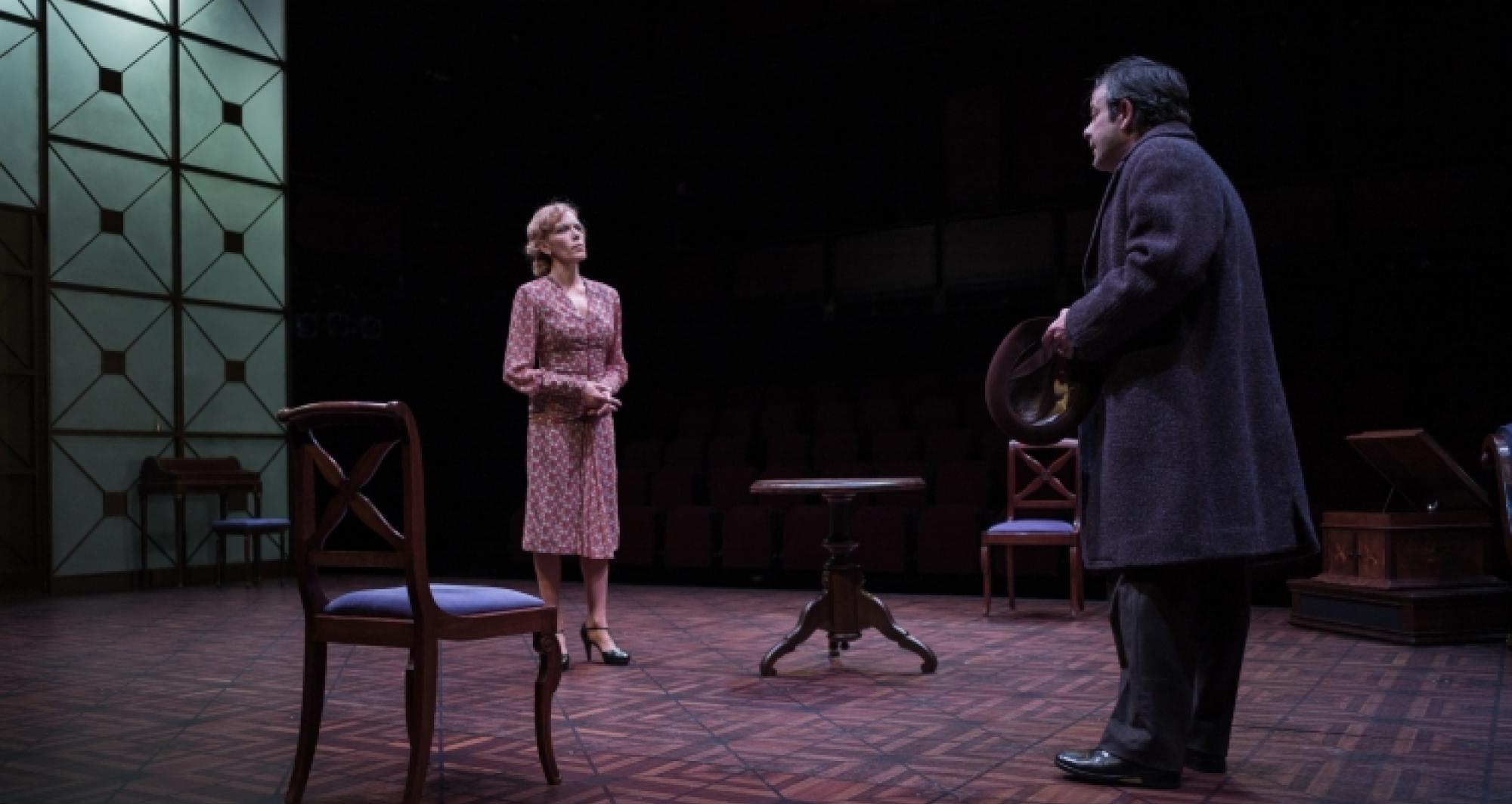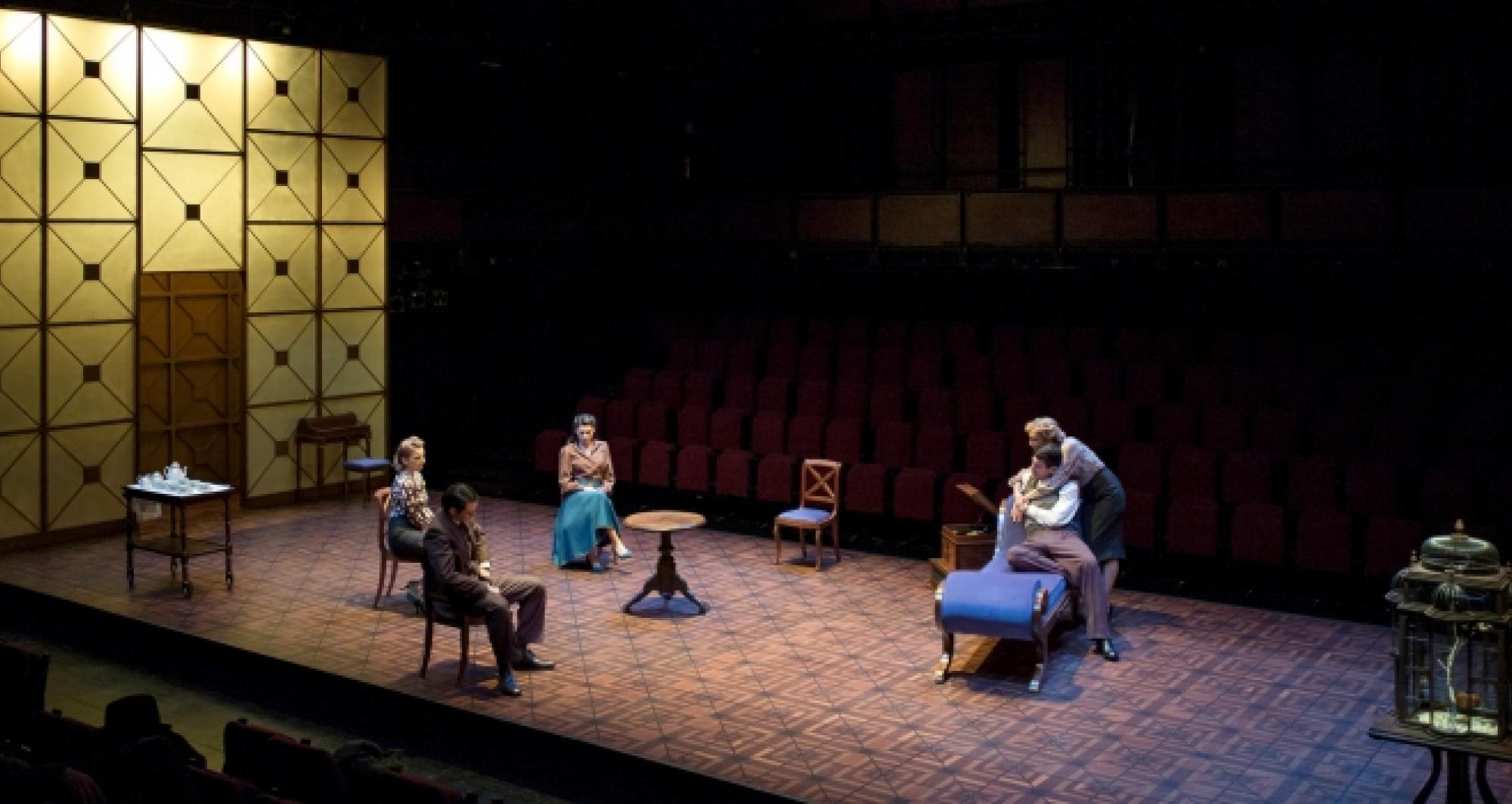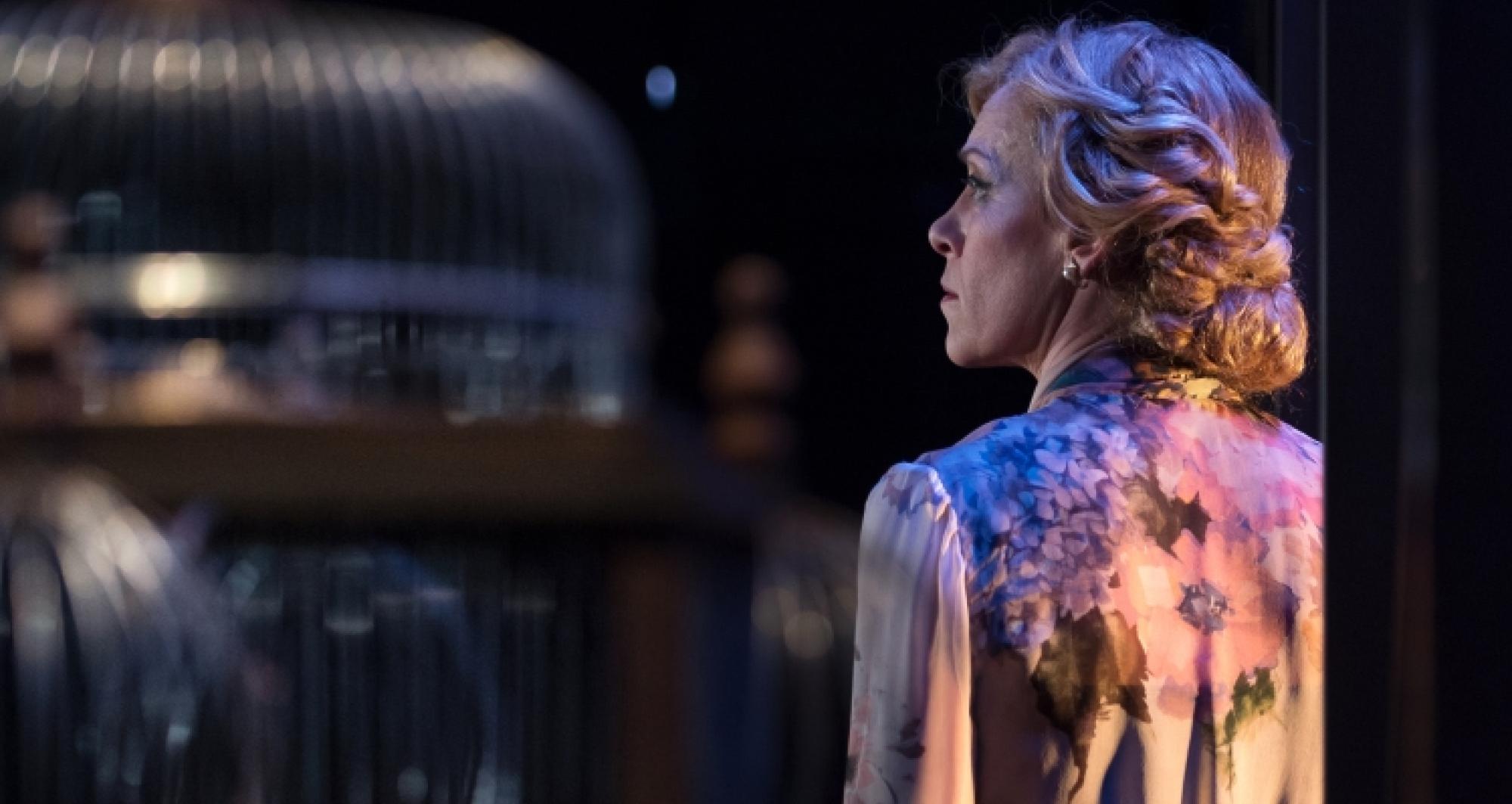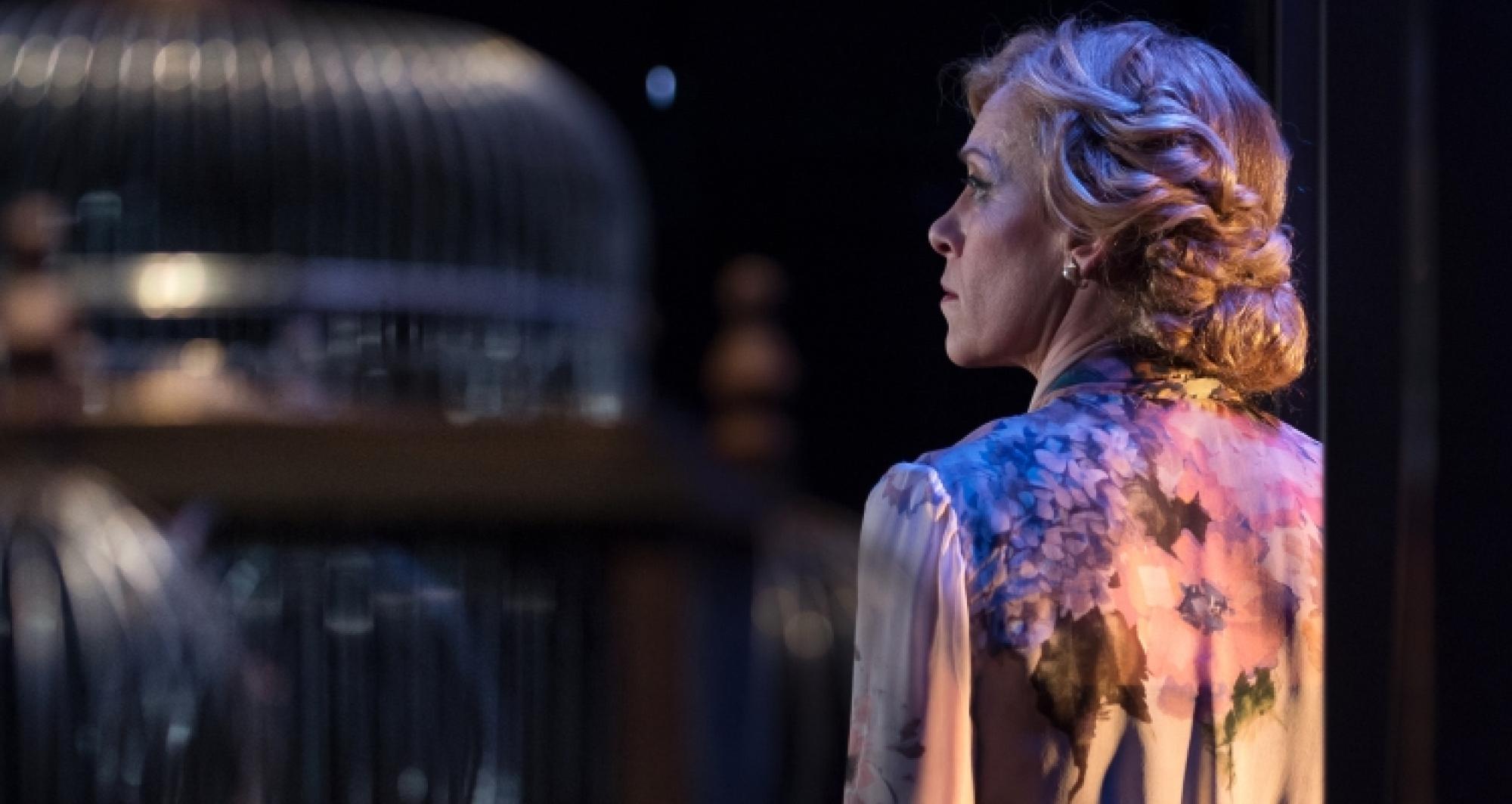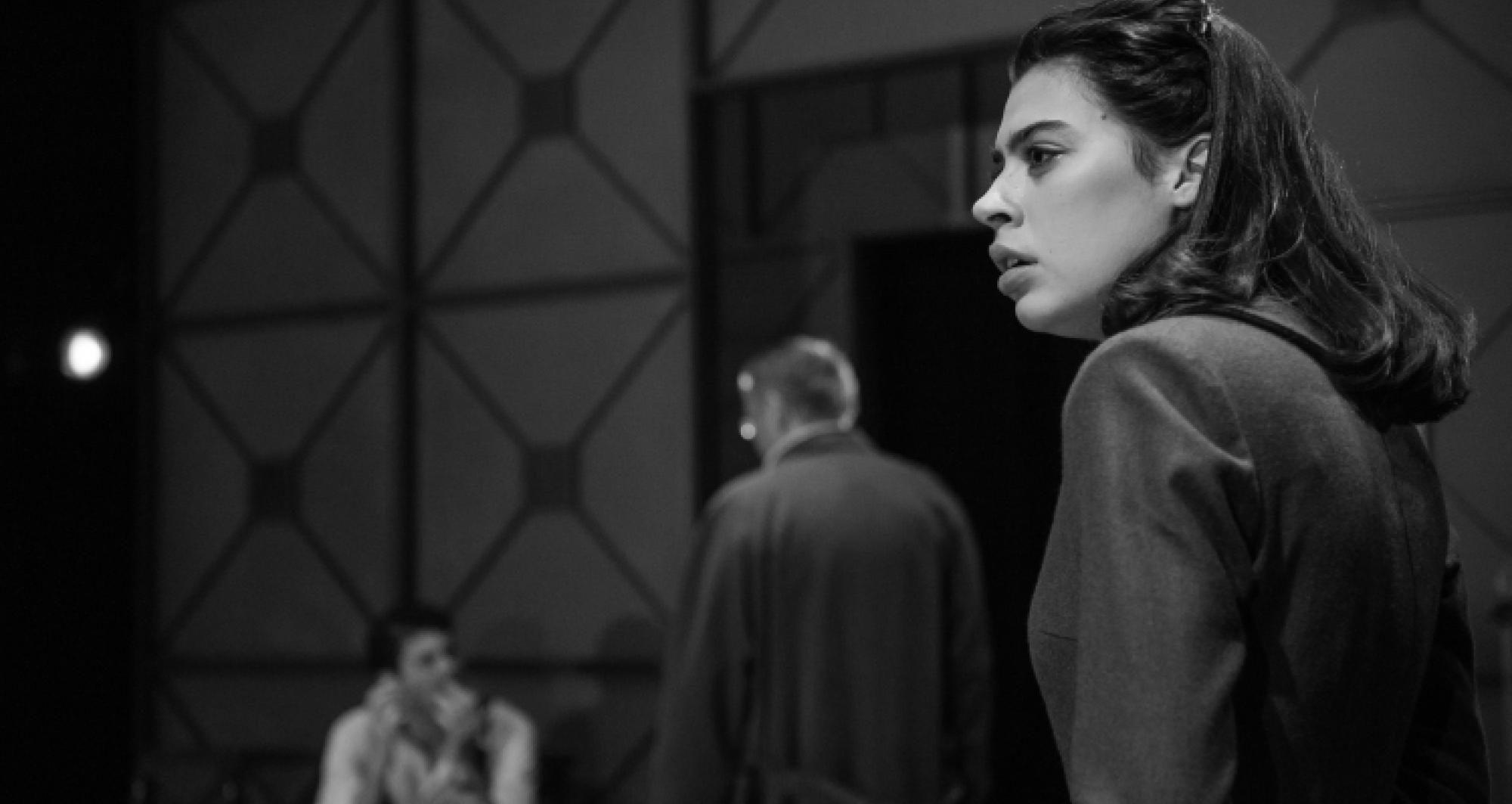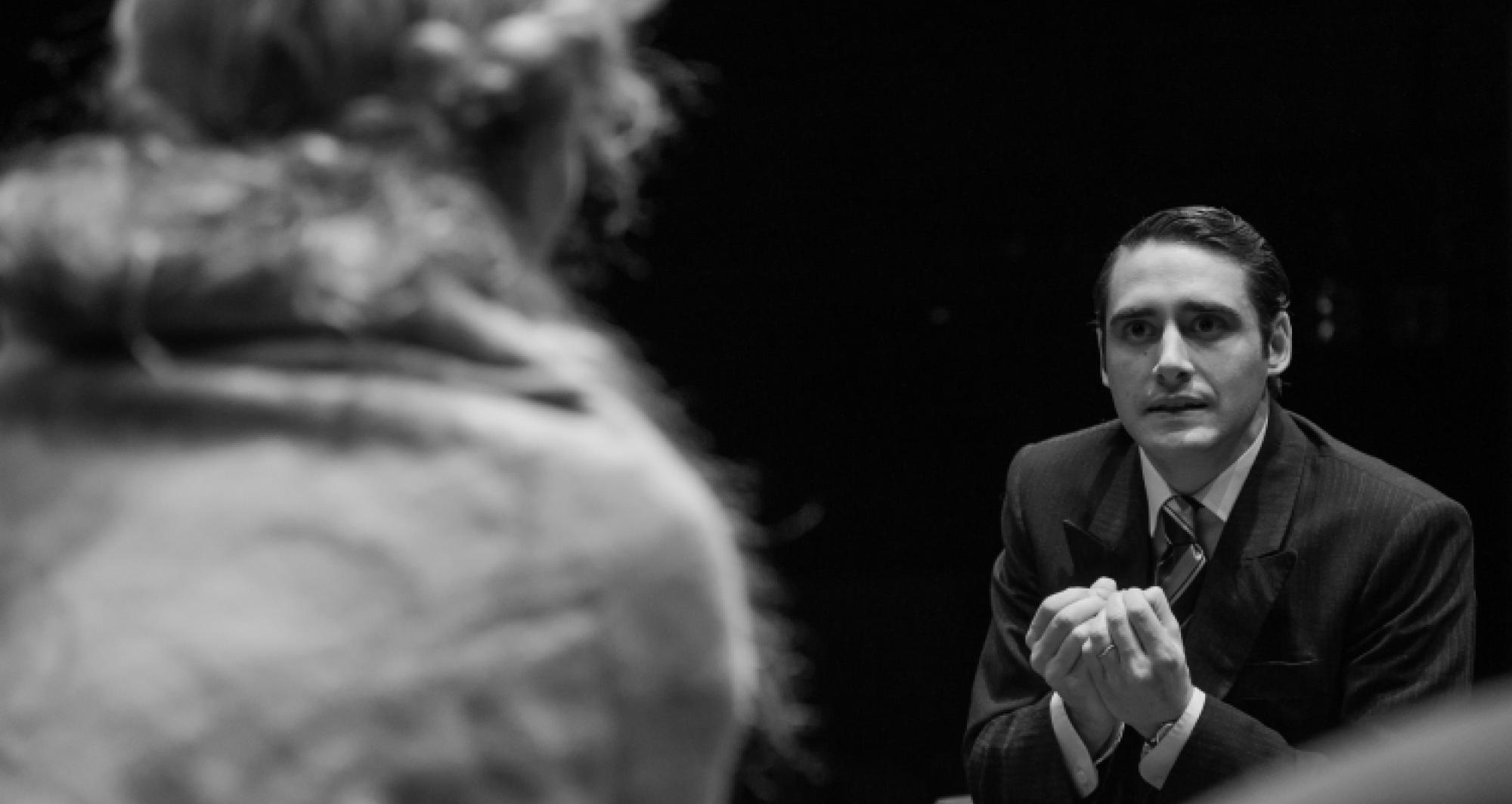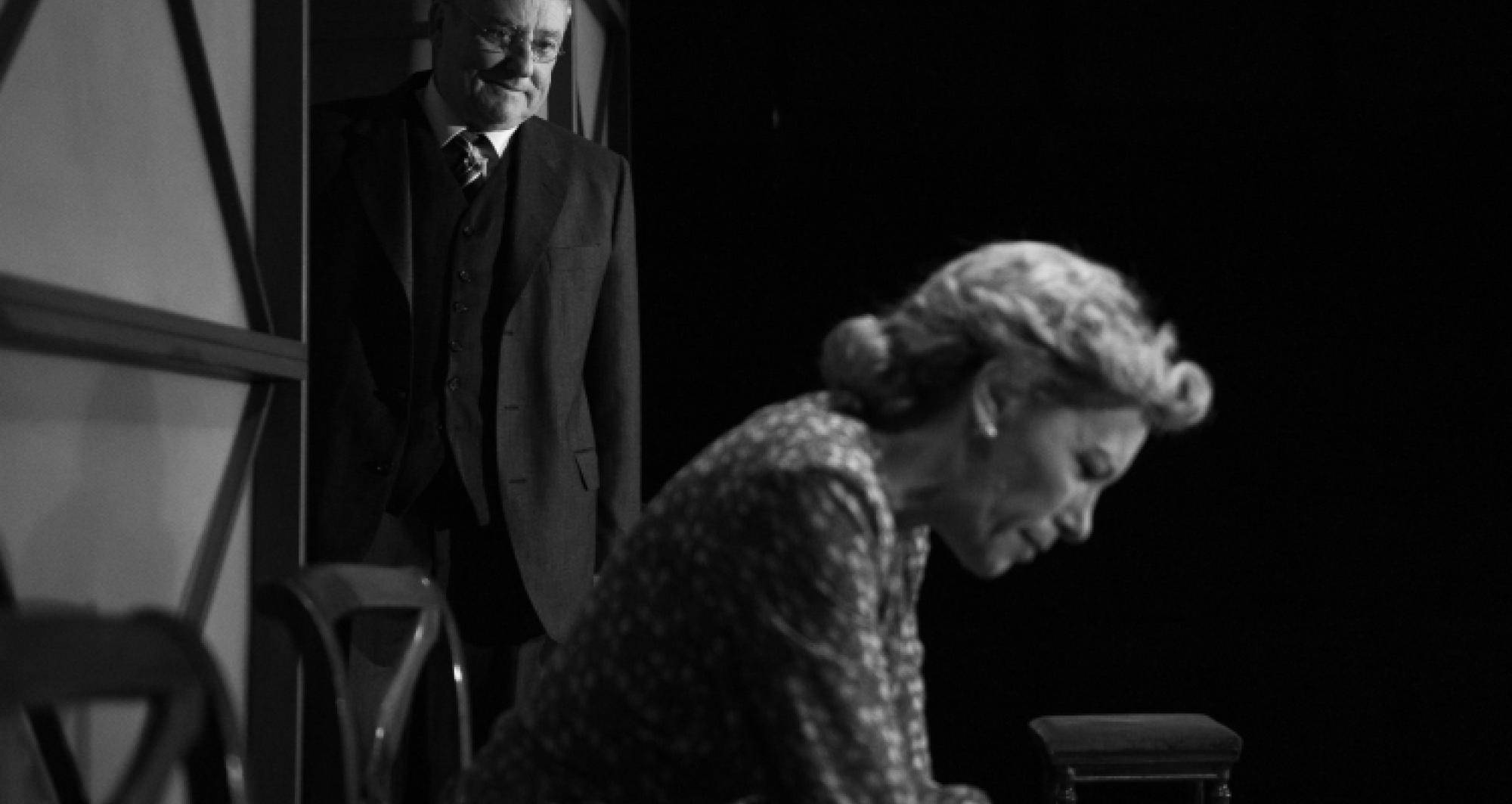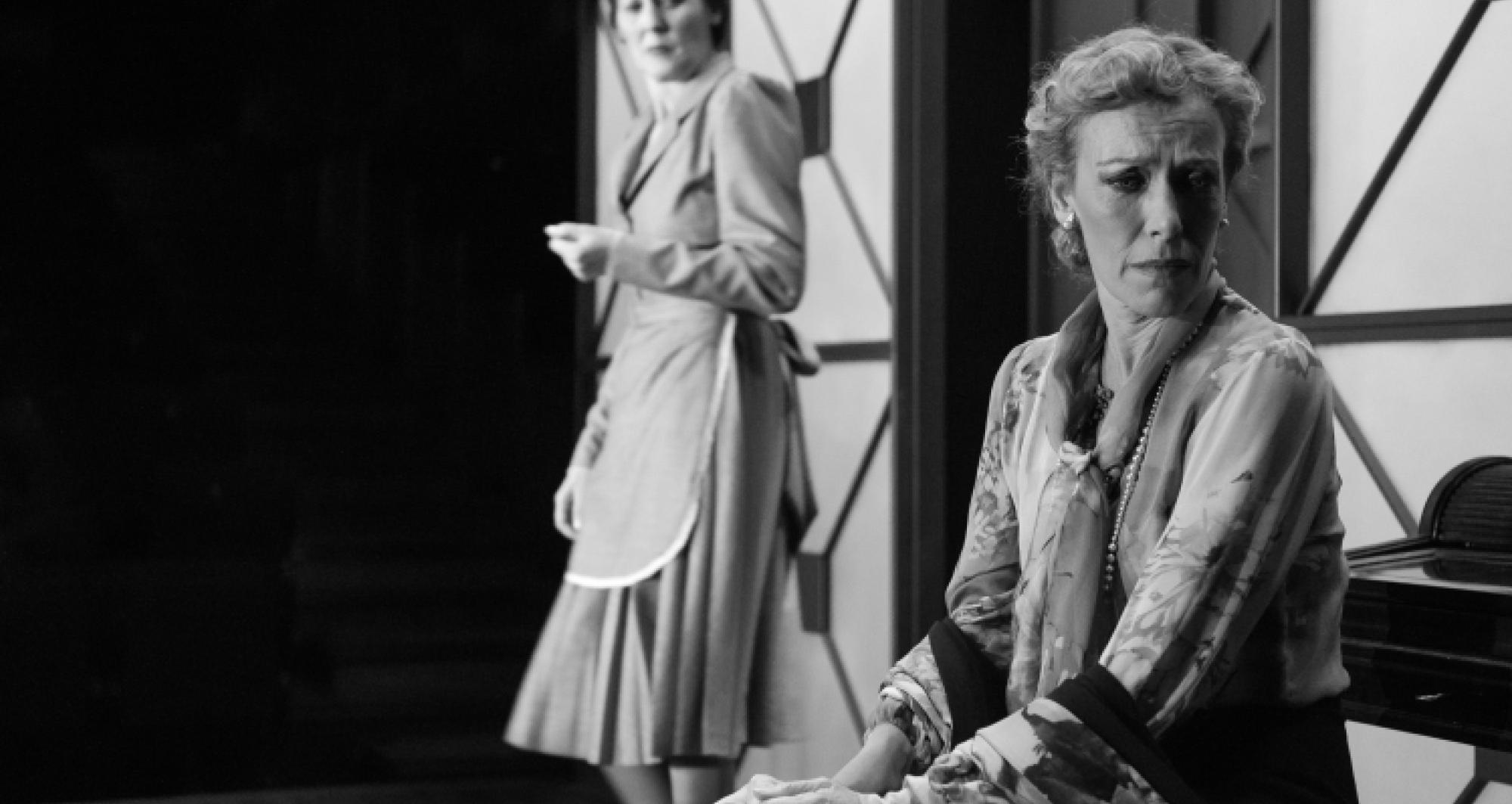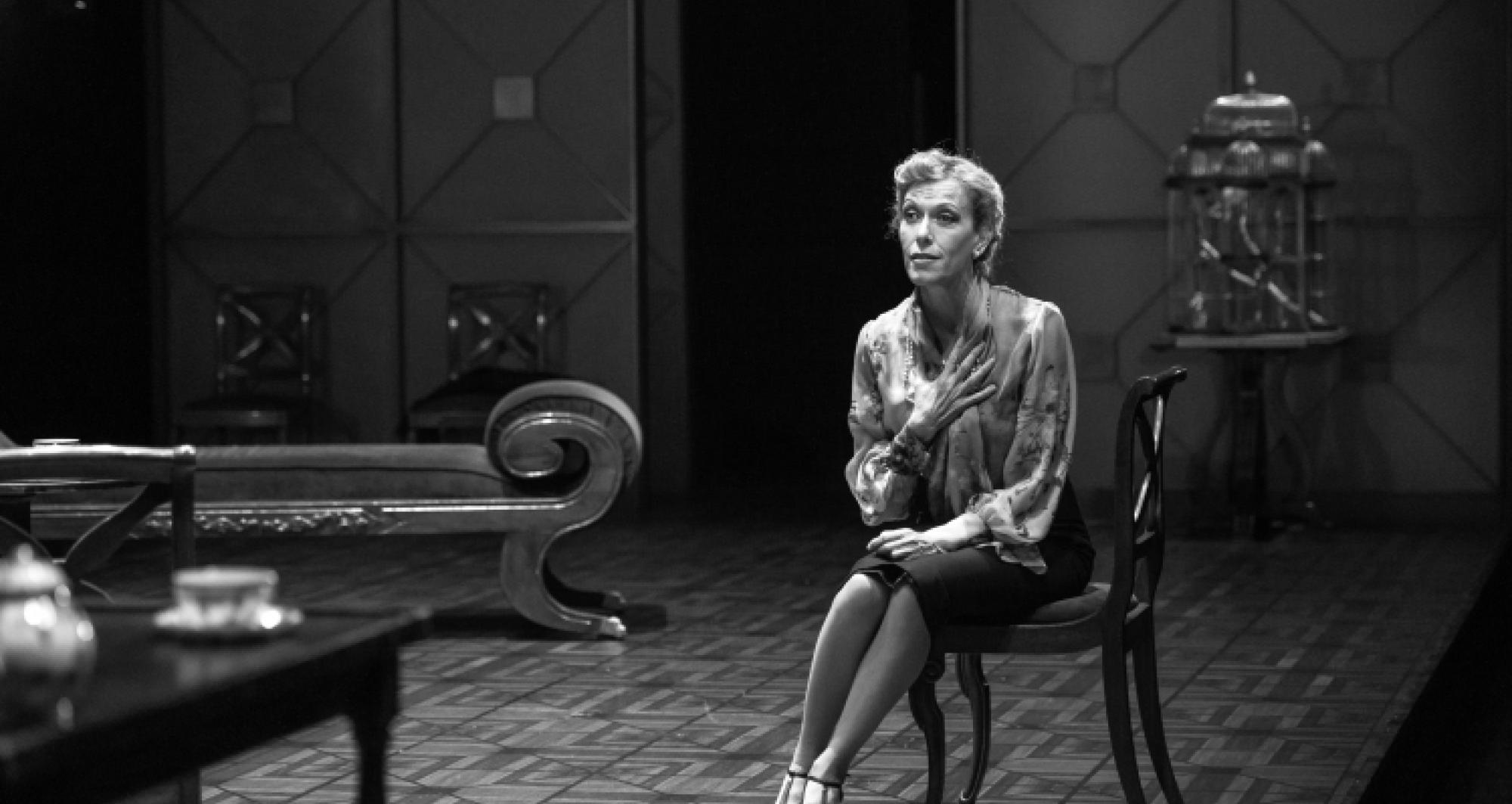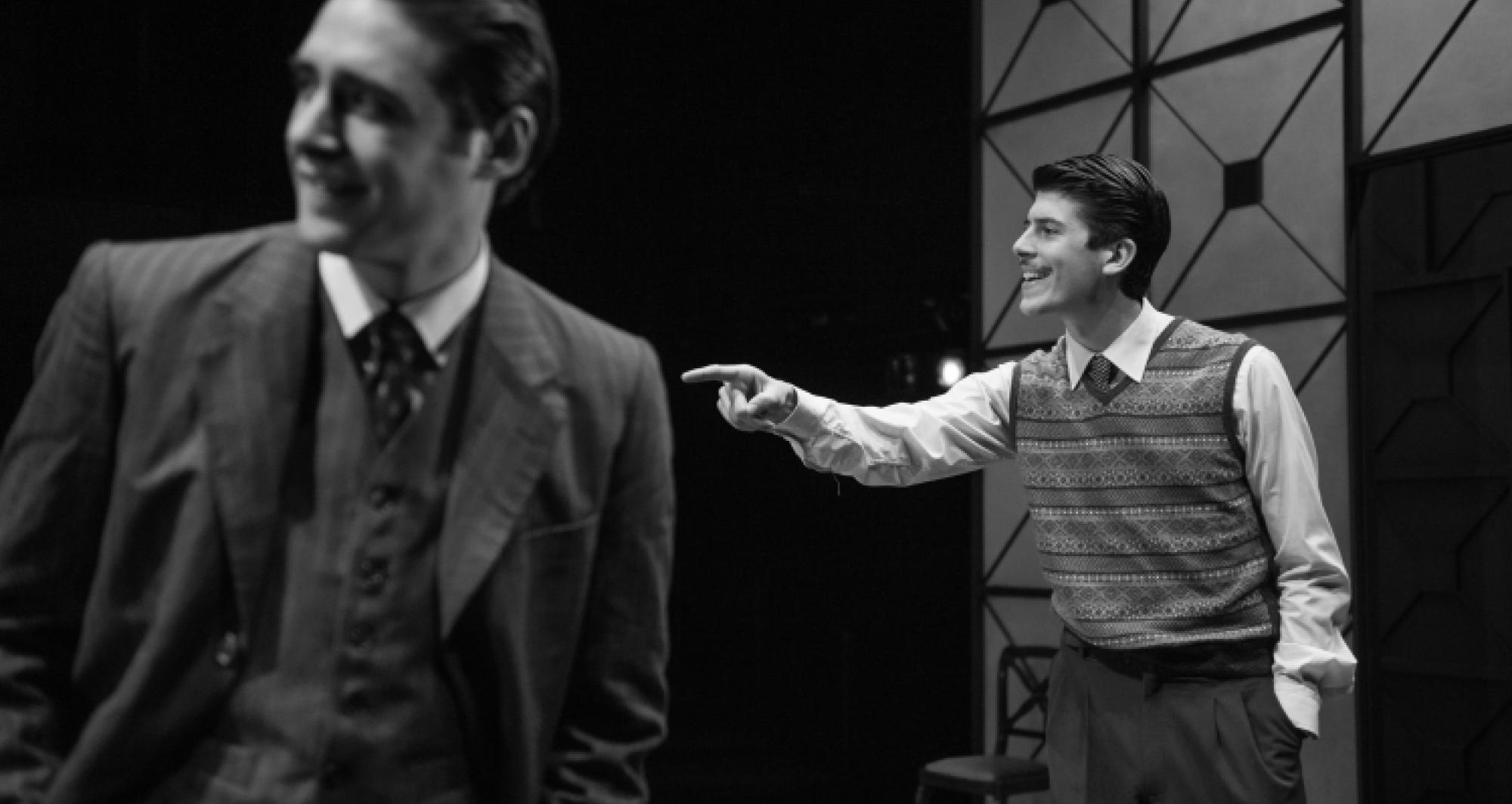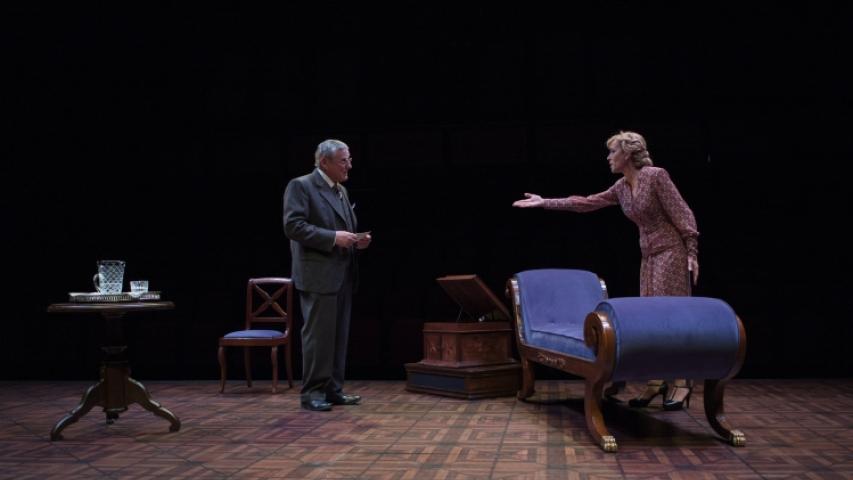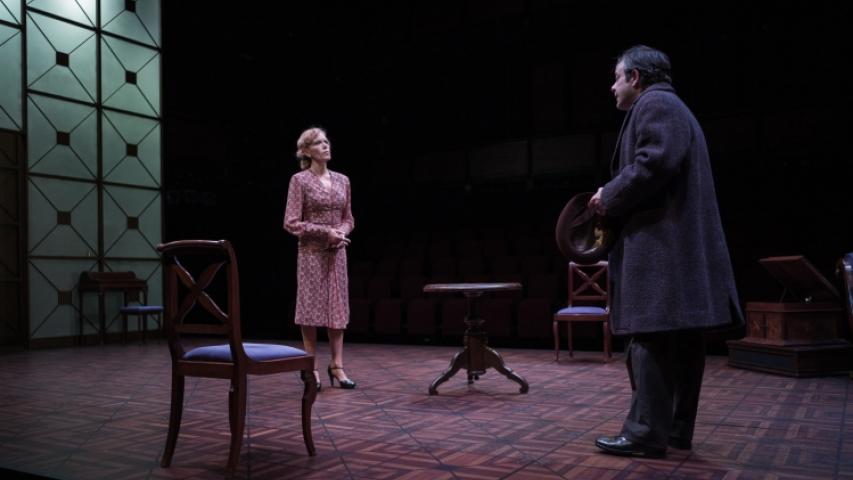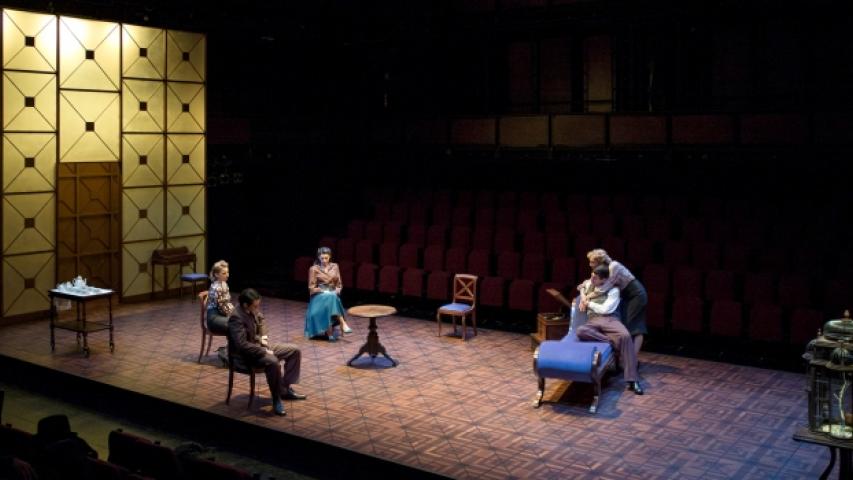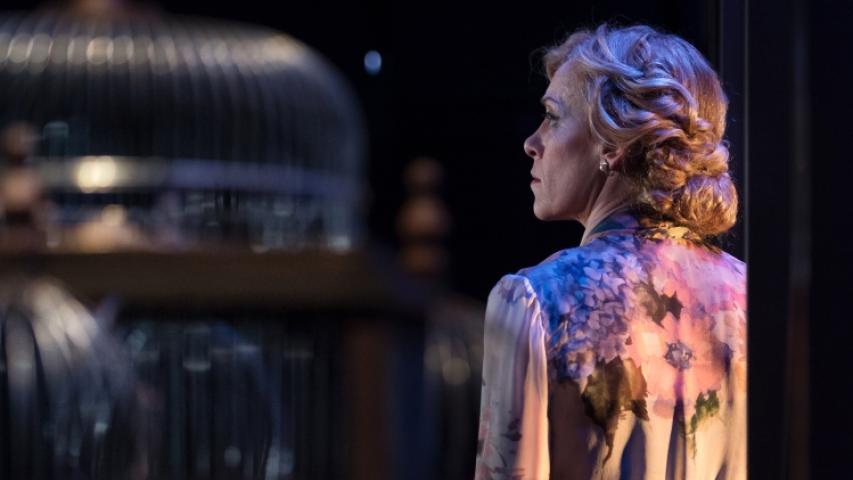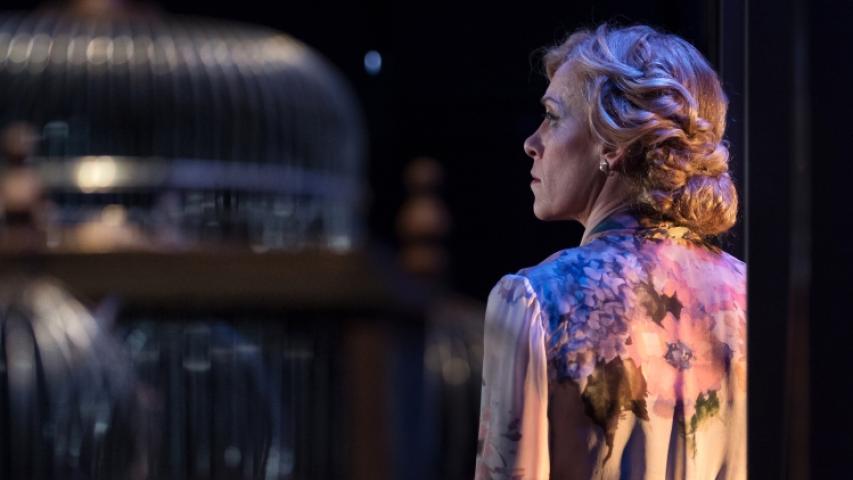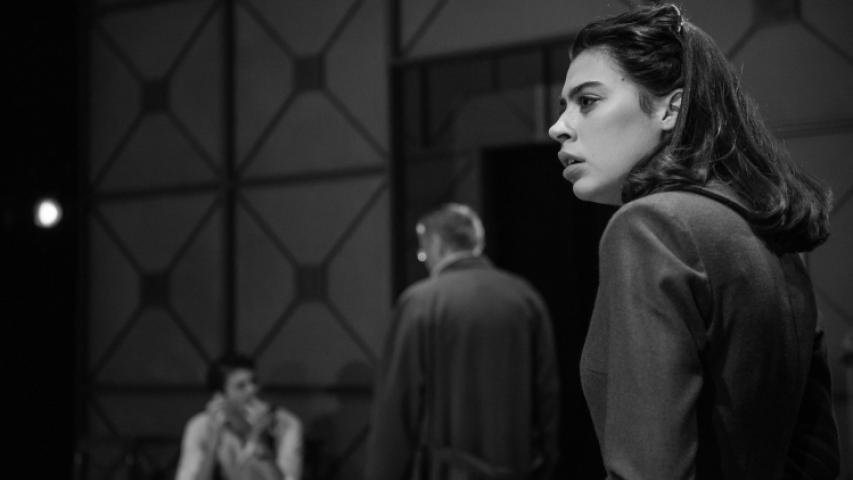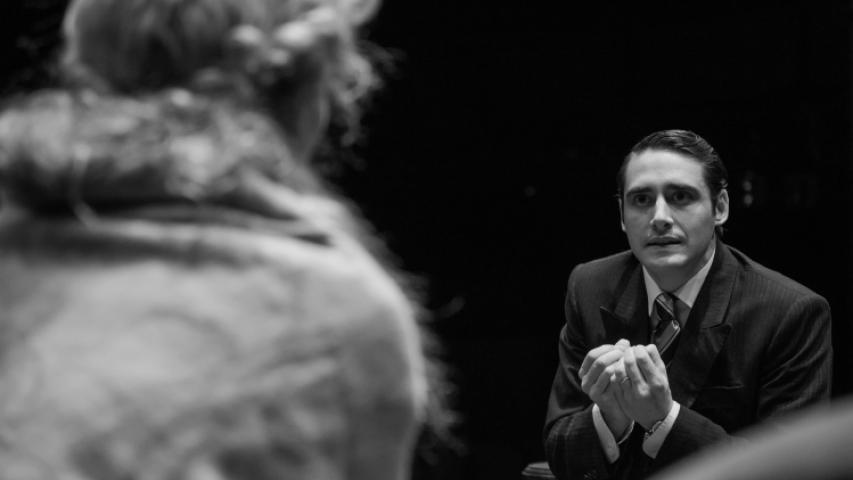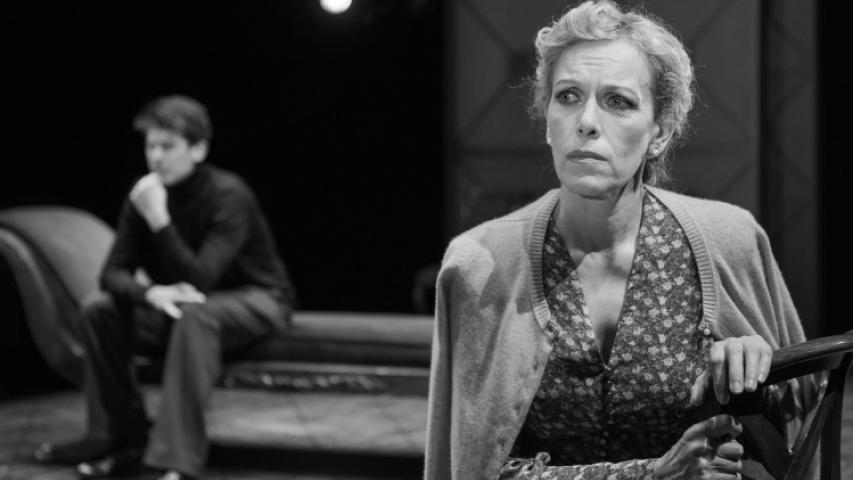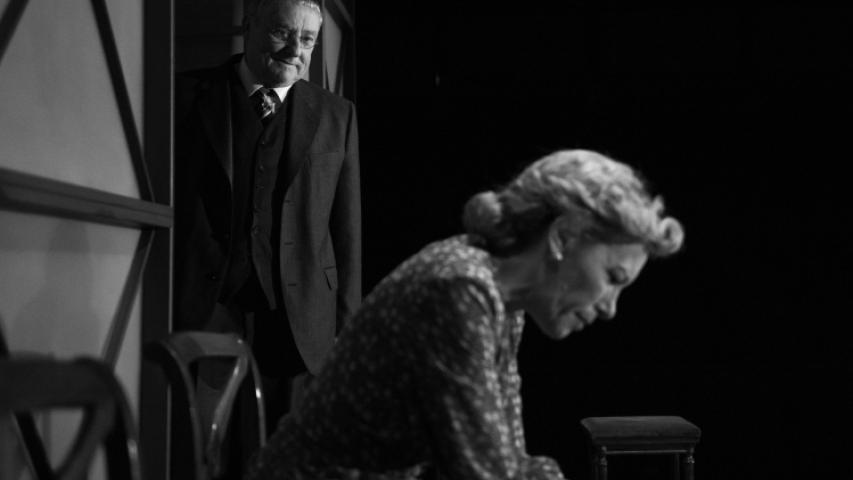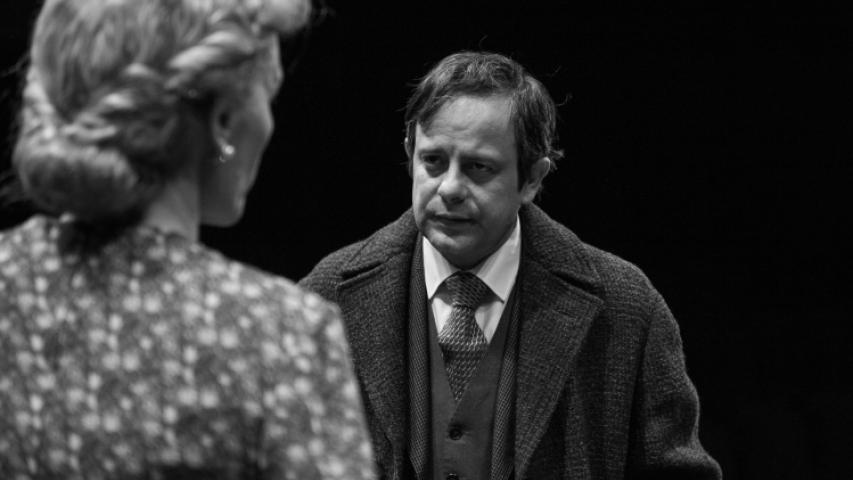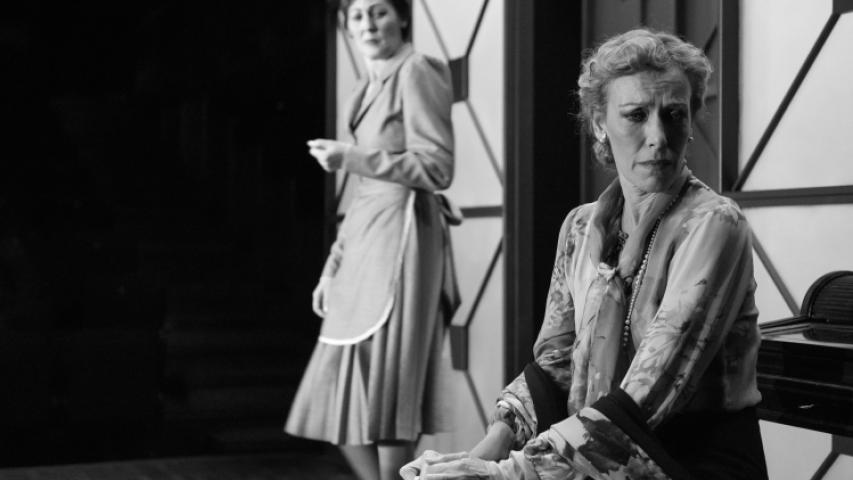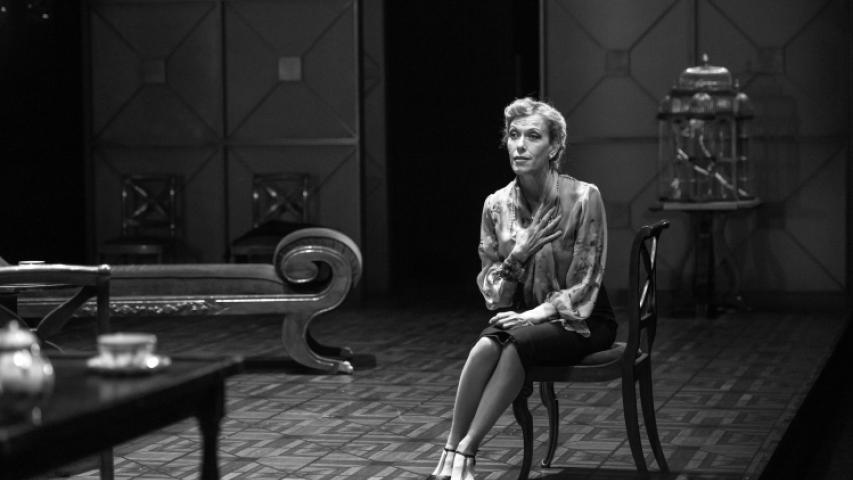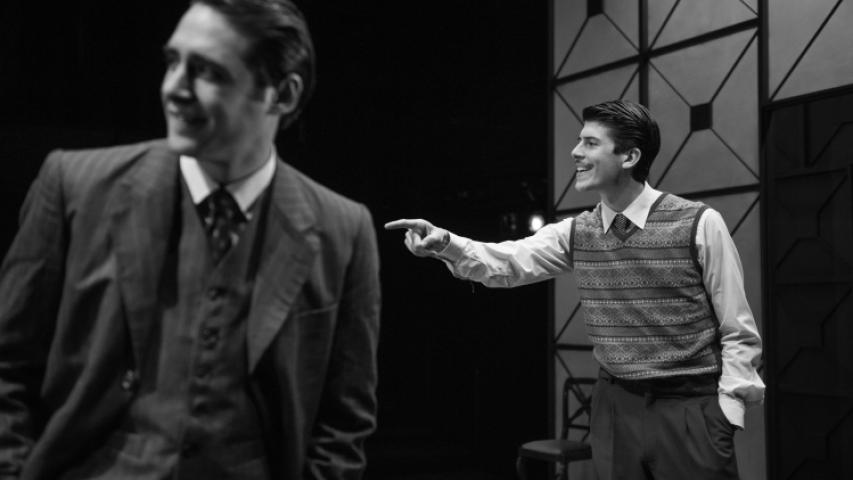Show finished
Ocells i llops
Josep Maria de Sagarra
Ocells i llops forms part of a small group of plays that also includes Galatea and L’alcova vermella, with which Sagarra distances himself from the theatre he had written until then, with the aim of “creating a theatre more in accordance with my consciousness and with the spiritual climate of our time.” These plays, open to the aesthetic renewals driven by the theatre of Jean Cocteau, Eugene O’Neill or Jean-Paul Sartre, reveal a playwright who will probably surprise anyone who still considers him a conventional creator more interested in popular success than a personal commitment to his time. Lucrècia, a widowed mother without much social life, silently confronts the secret conflicts of her three children, who are trying to hide them from her, treating her as if she were an innocent girl incapable of standing any kind of moral upset. The prominence of issues such as abortion, homosexuality, corruption and prostitution is surprising for a play written in 1948 that in many ways recalls the universe of Sagarra’s great novel, Vida privada. If with Galatea, the author offered a crude metaphorical portrayal of the ravages of the Second World War, in Ocells i llops he examines at the height of the post-Spanish Civil War period the consequences of a fraternal struggle in which the personal conflicts of the children end up consuming the mother.
Autoria
Josep Maria de Sagarra
Director
Lurdes Barba
Set design
Ramon B. Ivars
Costumes
María Araujo
Lighting
Maria Domènech (aai) Director’s assistant Judit Lucchetti
With
David Bagés Nausicaa Bonnín Carme Conesa Llorenç González Francesc Lucchetti Jaume Madaula Montse Pérez Roser Tapias
Production
Teatre Nacional de Catalunya
